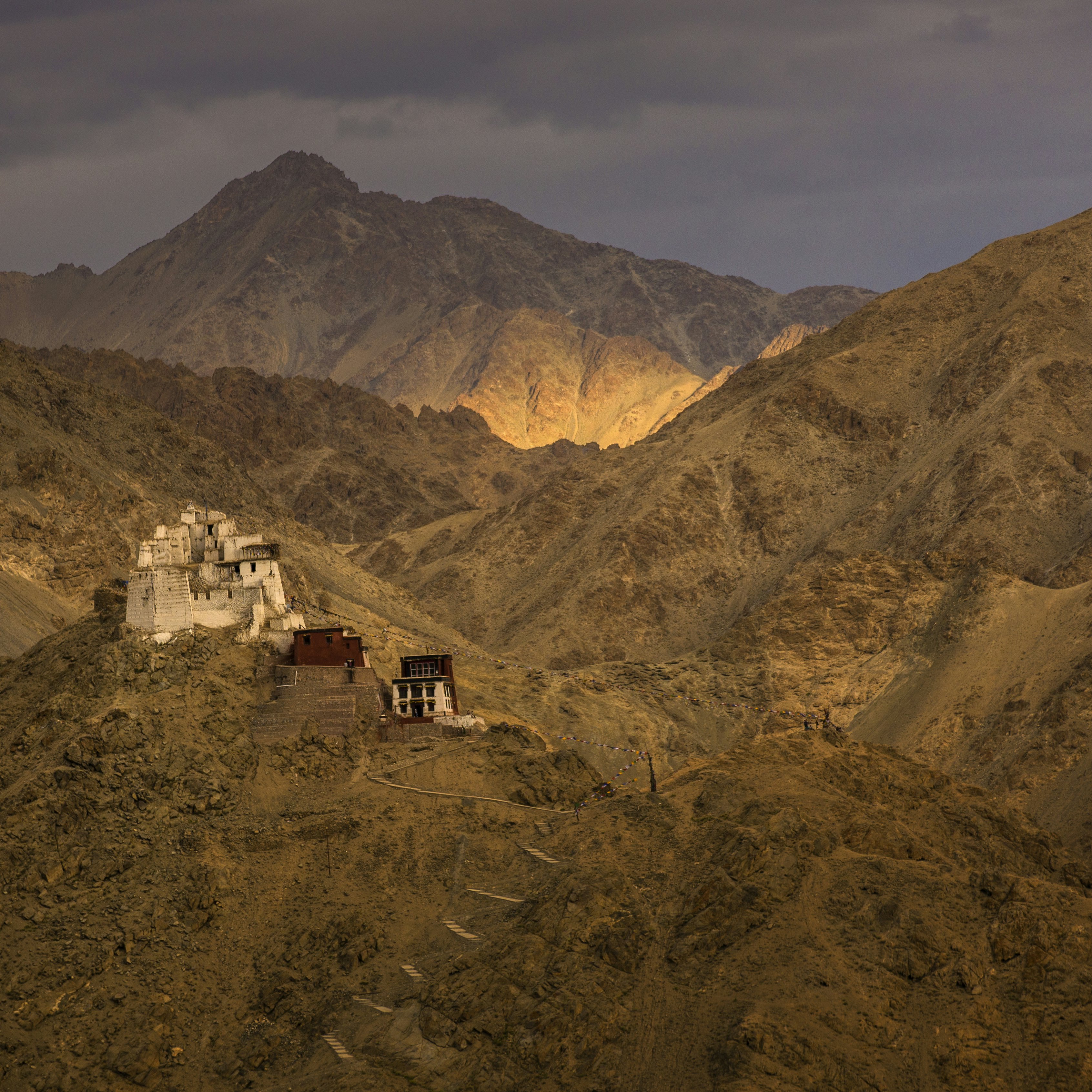
Overview
Spectacularly jagged, arid mountains enfold this magical Buddhist ex-kingdom. Picture-perfect gompas (Tibetan Buddhist monasteries) dramatically crown rocky outcrops next to fluttering prayer flags and whitewashed stupas, while prayer wheels spun clockwise release merit-making mantras. Gompa interiors are a riot of golden Buddhas and intricately colourful murals and home to red-robed monks. It's a little corner of Tibet marooned in the furthest reaches of India.
Leave the planning to a local expert
Experience the real Ladakh. Let a local expert handle the planning for you.
Must-see attractions
Get a book. Get inspired. Get exploring.
in partnership with getyourguide













